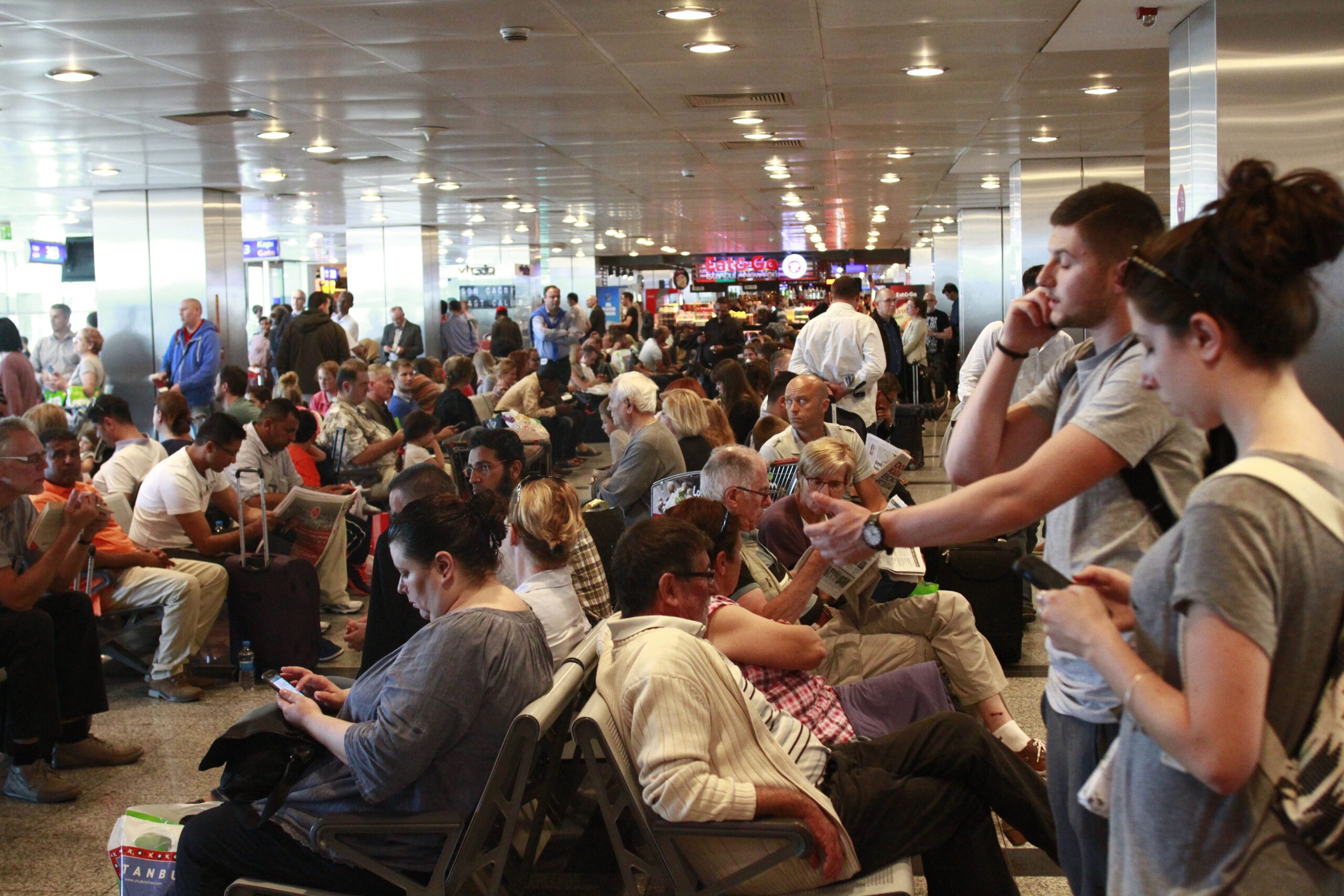Travel and meeting risk trainer offers insights for the future
The news Friday morning that an update from the software protection company CrowdStrike crashed travel, emergency, hospital and banking systems all over the globe, was a reminder of the risks of planning events in a highly networked world.
Read More: How to Build a Risk-assessment Checklist
Smart Meetings reached out to Kevin Coffey, travel security and meeting risk advisor and trainer, to get some insights on what planners can learn from the CrowdStrike incident and how they can prepare for the future.
Be Prepared

No matter the size of the event, big or small, planning for the worst possible scenario is never an easy conversation. But it is important for planners and suppliers to be the same page.
Coffey suggests planners and suppliers sit down and walk through all the possible what if scenarios and come up with a contingency plan on how they should respond to each scenario.
Example: There’s a major outage the day before the event and most of the attendees are overseas or out of state and there are no more flights. Should the start of the event be postponed?
Example: What should we do if emergency services go down?
Example: Will the bus company be able to adjust their schedule if attendees fly in a day late?
Example: What if cell service goes down? What can you do?
Crisis Training
Making sure you and your team are well-versed in event risk mitigation is also an essential piece of the puzzle.
Read More: Your Need-to-know Security Guide
Coffey says planners should be asking themselves who their trusted sources of information and training on cyber health and safety are.
“Training is a key factor to prepare for the next event,” says Coffey, “to prepare for the future event.”
Coffey points to MPI Academy, which offers white papers and videos on risk mitigation. MPI Academy also offers an Emergency Preparedness Certificate that requires a six-hour course on the variety of issues of emergency preparedness.
“By [taking this course] you can share and prove that you’re aware of the importance of risk and you’ve done something about it,” says Coffey.
Coffey encourages planners to gather a team of five to 10 people that includes planners and suppliers to walk through simulations of all possibilities before each event.
Learn for the Future
Friday’s CrowdStrike outage isn’t the first and won’t be the last. According to Coffey, the likelihood of another incident is more likely than not. It is a vivid reminder that adding a technology bug that disrupts airlines, banks and hospitals to risk planning scenarios is a required step for planning an event in today’s world.
“Internet outages and cyber security issues are becoming more prevalent than ever before. At the minimum [planners should] start having the conversations about meeting and event risk,” Coffey cautions, “It’s not a matter of if, it’s a matter of when.”




